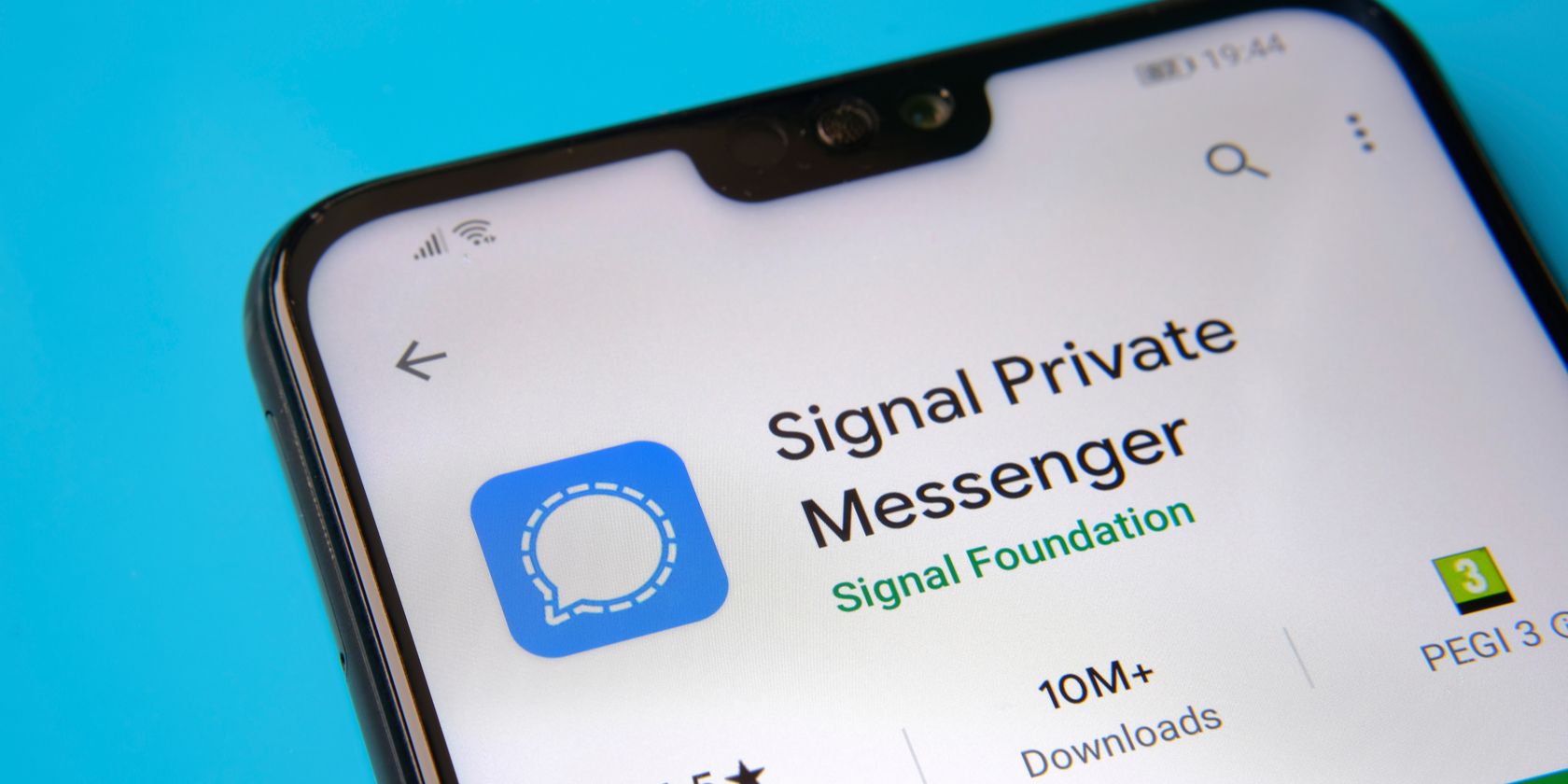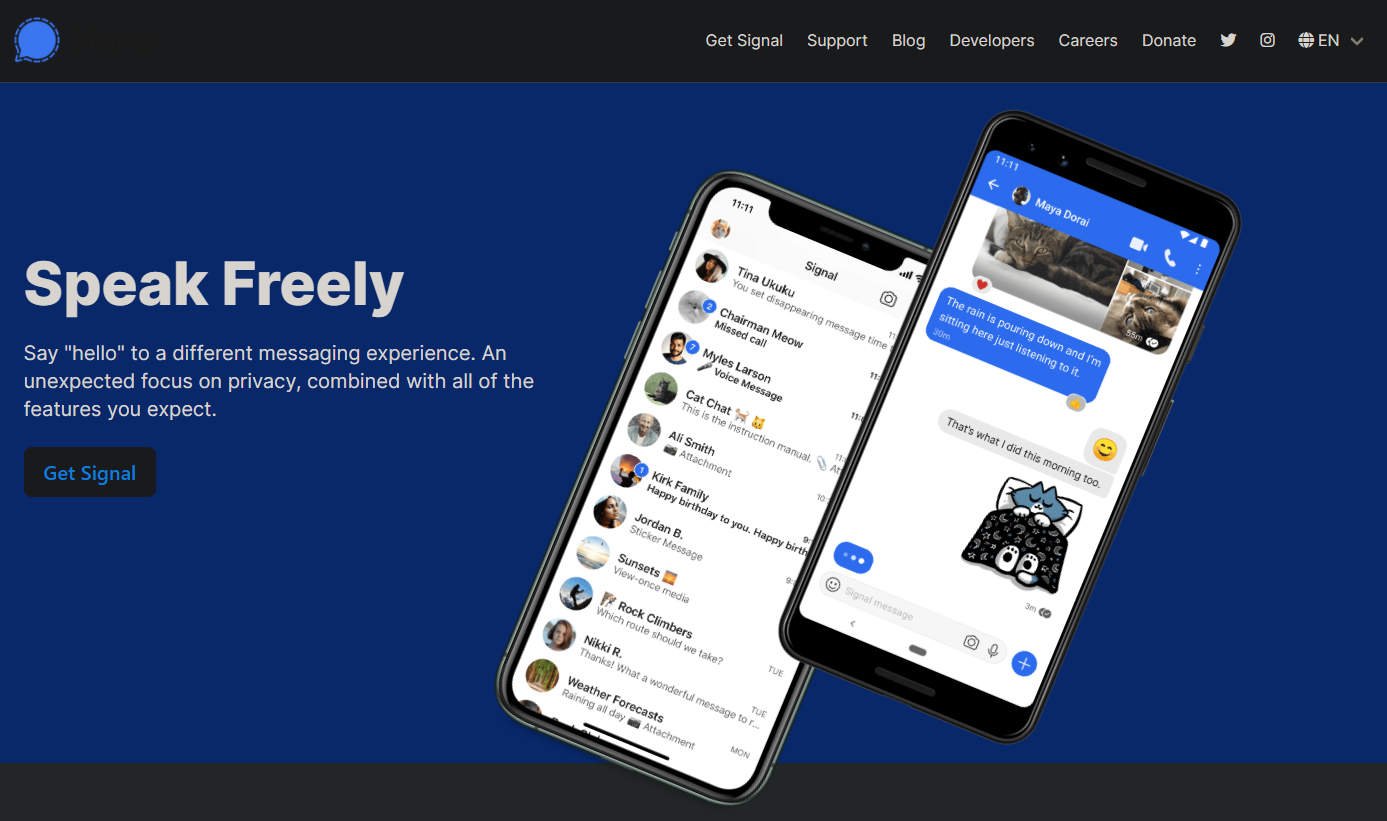Chances are that you use at least one of the popular messaging apps: WhatsApp, Telegram, Facebook Messenger, or similar. And while these are all widely used for their own reasons, using any messenger app comes with some privacy concerns (especially for the ones owned by Meta).Signal stands as a privacy-conscious messaging service that's a solid alternative to other apps in its sphere. Let's take a look at what Signal is, how it works, and how you can get started with it.
What Is Signal?
Signal is a messaging app that allows for instant messaging over the internet. Like other messaging apps, the service is not tied to your service plan as SMS texting is. As long as your phone is online through cellular data or Wi-Fi, you can use Signal to message people.
For the basics, Signal is a lot like other free messaging apps you may have used. It supports text chat for one-on-one or group conversations. You can send pictures, videos, and voice clips in any conversation. Signal also supports live voice and video calls inside your chats for real-time communication.
Signal also includes extras like stickers, location sharing, and stories. Check out our list of the best Signal features to learn more.
What Makes Signal Different?
There's a reason that Signal comes up in online discussions often, and that's its approach to privacy. The app uses the Signal Protocol, which is a system that provides end-to-end-encryption for all communication in the app.
If you're not familiar, end-to-end encryption refers to a communication system where only the involved devices can read the messages. This means that if a third party were to intercept your message in transit, it would be unintelligible to them. Nobody, including the app provider, can see what you're sending on the service, even if they wanted to.
This contrasts with the approach many other messaging apps use. Telegram, for example, uses client-server encryption by default. This means that your messages are encrypted when they travel between your device and Telegram's servers, but are still stored on Telegram's servers.
While this has the benefit of allowing you to access your Telegram chats on multiple devices, it also means your messages aren't end-to-end encrypted. Telegram does offer a Secret Chat option that provides this, but it's separate from the usual chats. All Signal chats are end-to-end encrypted by default, so you don't have to think about it.
While the Signal Foundation created both the app Signal and the Signal Protocol, other apps use this protocol as well. In 2016, WhatsApp started using the Signal Protocol to encrypt all its messages. However, as Meta's presence in WhatsApp has grown (such as its controversial privacy policy update in early 2021), many people don't trust WhatsApp as much.
Signal has endorsements from many high-profile privacy-conscious people. Edward Snowden, for instance, says that he uses it every day. For someone who's been on the run from the US government for years, that's high praise.
Where Can I Get Signal?
Signal is available on both Android and iPhone. It's also available on Windows, Mac, and Linux (Debian-based distros only).
However, to use the app on your computer, you must have the app installed on your phone first. This is a consequence of end-to-end encryption: Signal does not work on multiple devices, so the desktop app pulls data from your phone.
Signal is completely free and open source; you do not have to pay anything to use it. The service doesn't have any ads, in-app purchases, or tracking.
Download: Signal for Android | iOS | Desktop (Free)
How to Start Using Signal
To get started, install Signal on your Android phone or iPhone. When you open it up, you'll see basic info about the app, followed by prompts to enable notifications, access your contacts, and similar. Then, to sign up, you'll need to enter your phone number.
Currently, Signal only supports creating an account using a phone number; you can't make an account with an email address, username and password, or similar. For maximum privacy, you may wish to create your account with a secondary phone number, such as a Google Voice number. After confirming your phone number with a code, you'll need to enter your first name.
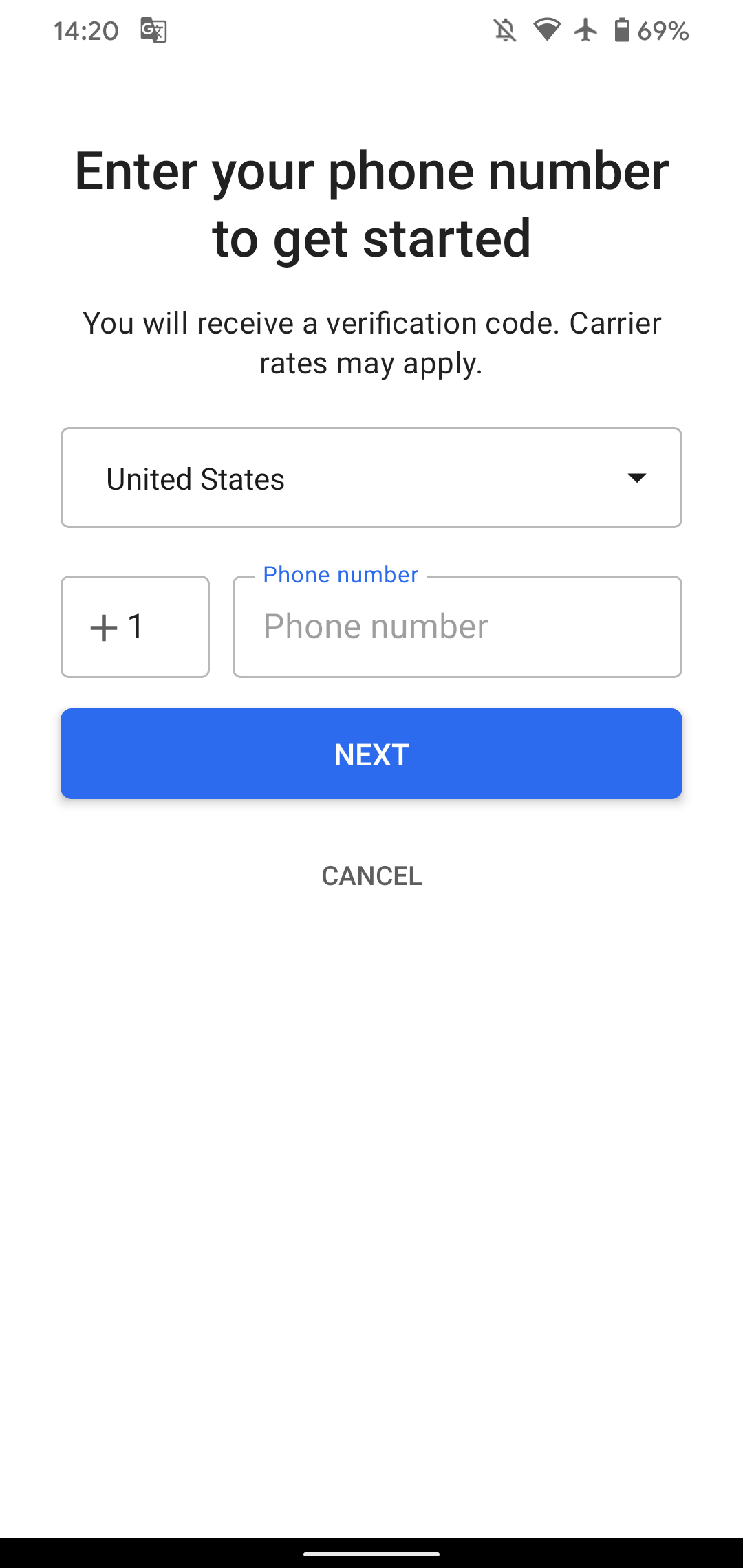
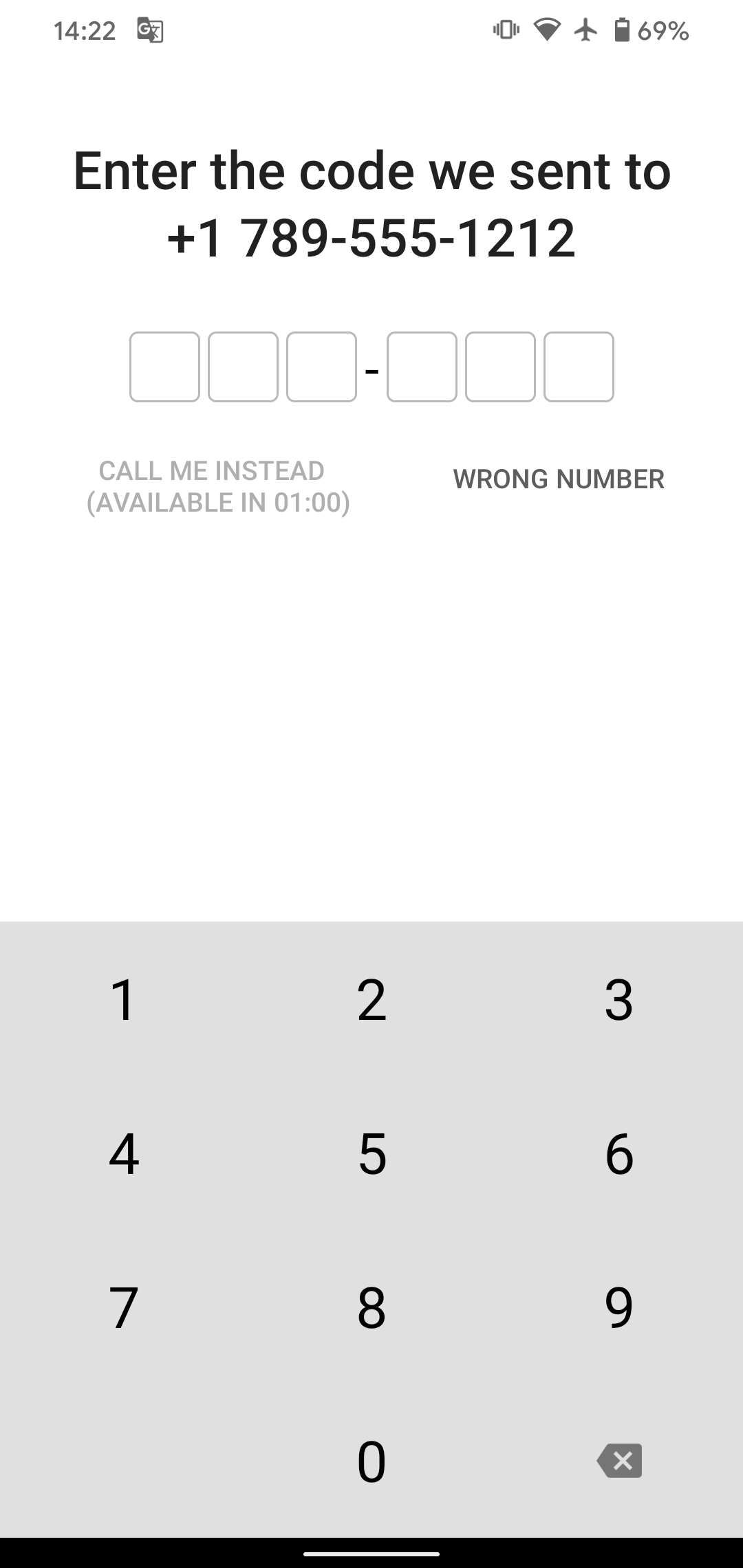
You can enter your last name and a profile picture if you want, but it's not required. Finally, you need to create a PIN to use the Signal app.
This keeps your private information encrypted on the app and allows you to restore your contacts and other data if you reinstall the app. You don't need it to open the app. Signal can't reset your PIN if you forget it, so make sure you note it down somewhere safe, like a password manager.
Chatting in Signal
From there, you're ready to go. You can start using Signal to chat with friends just like you would with other messaging apps. Tap the Pencil icon at the top-right to start a new chat with your contacts.
Inside a chat, you can use the icons at the bottom-right to send pictures, stickers, and voice messages. Use the two icons at the top-right to start a video or audio call.
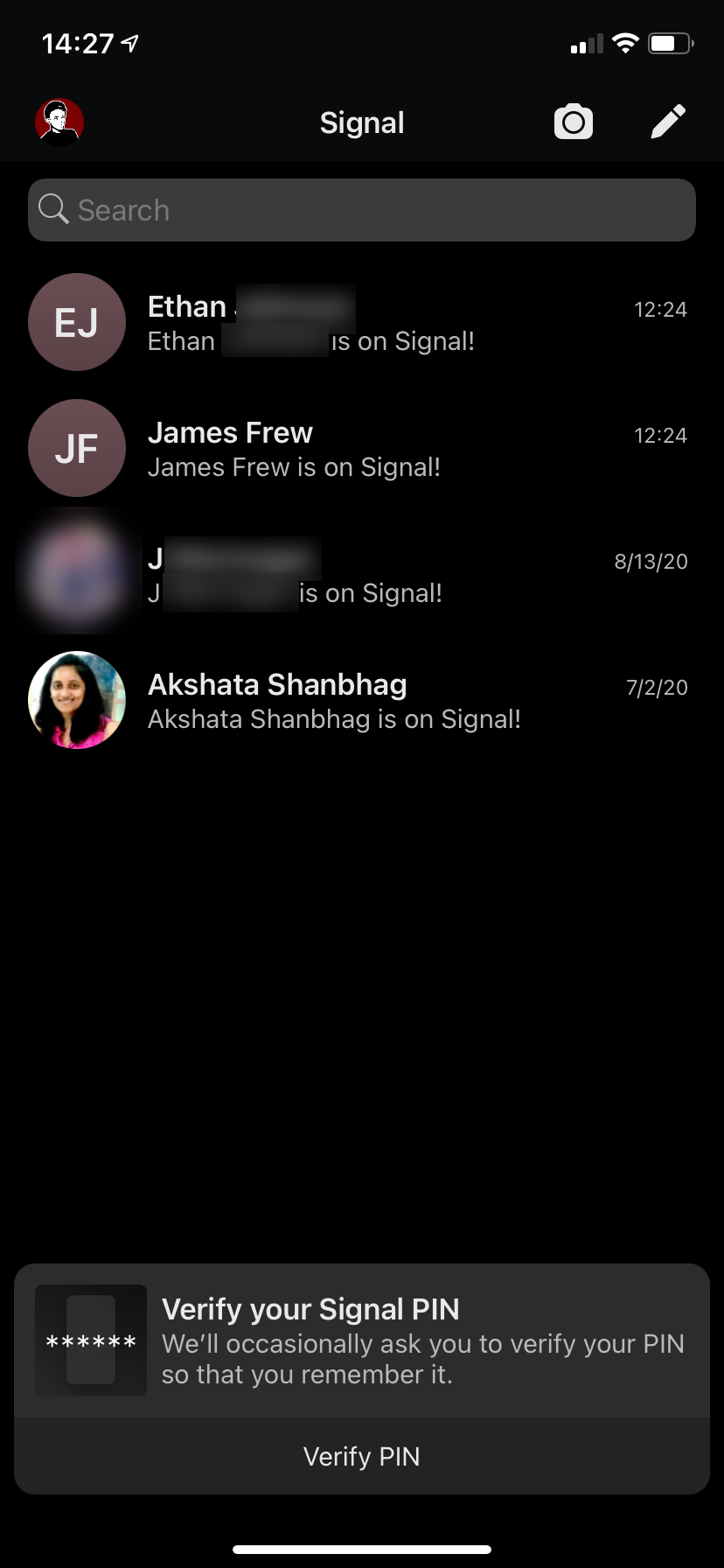
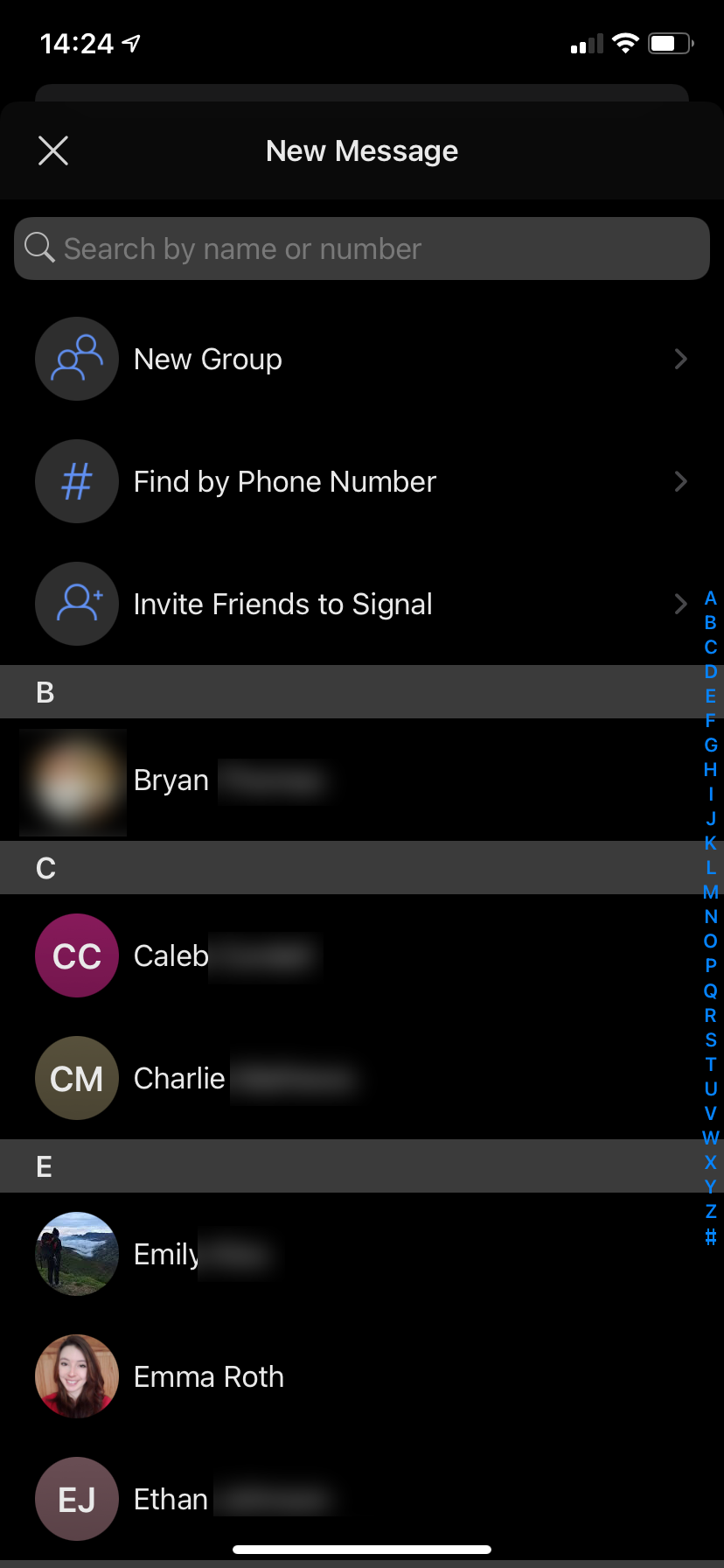
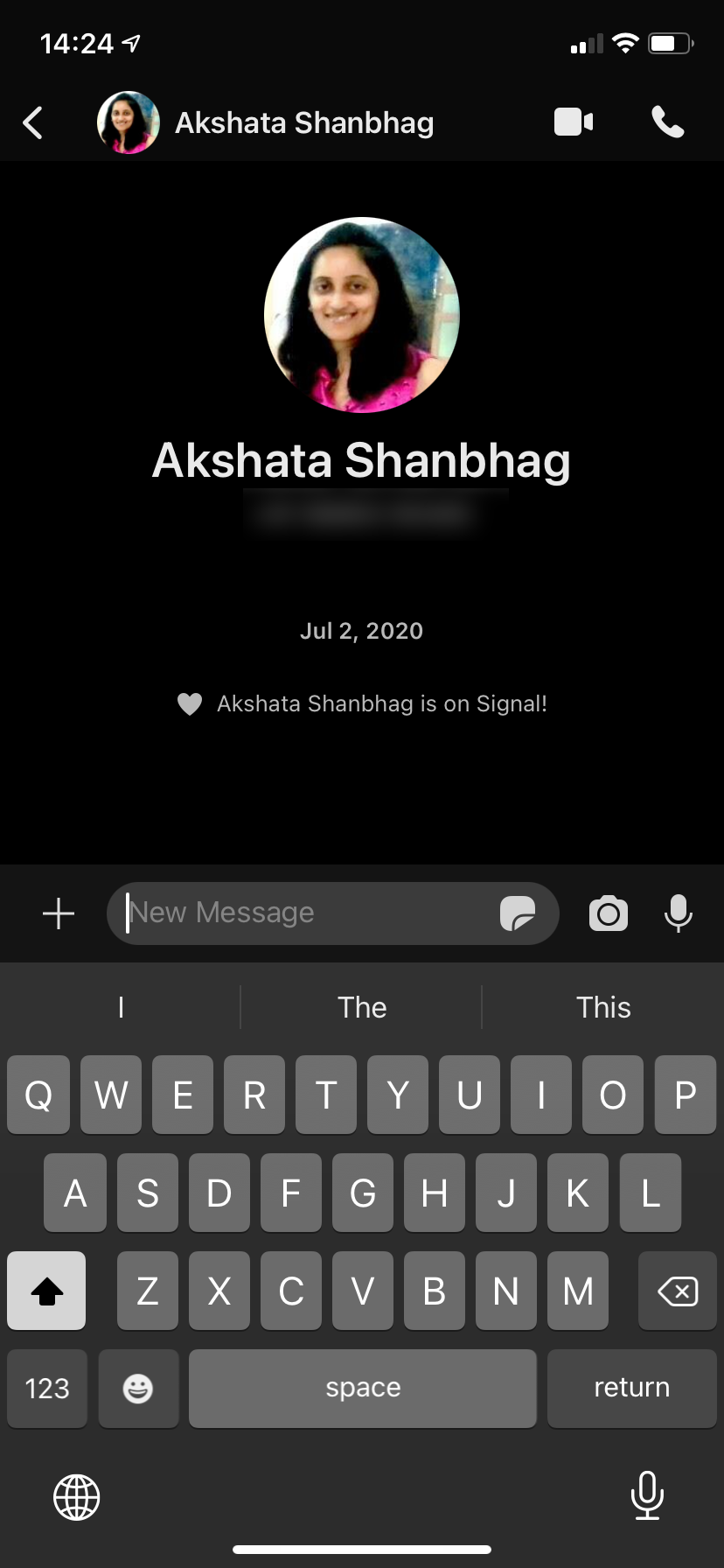
On the main menu, tap your profile icon at the top-left to open the Settings menu. There you can adjust your profile, change privacy settings like read receipts and blocked numbers, tweak notifications, and similar.
If you want to use Signal on your computer, download the app for your desktop using the links provided above. Then in the Settings menu, select Linked Devices and choose Link New Device. This lets you scan a QR code displayed in the desktop version of the app, linking your computer and phone.
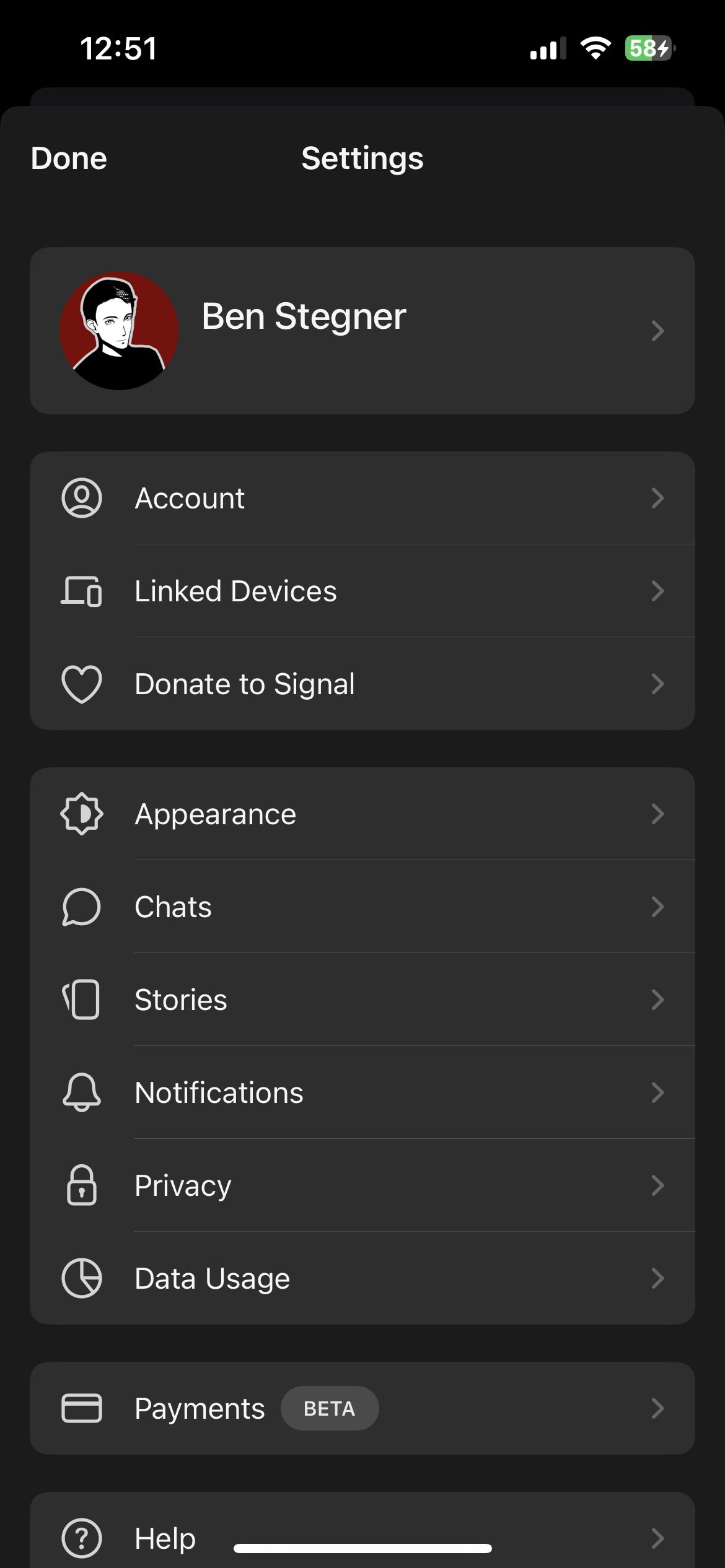
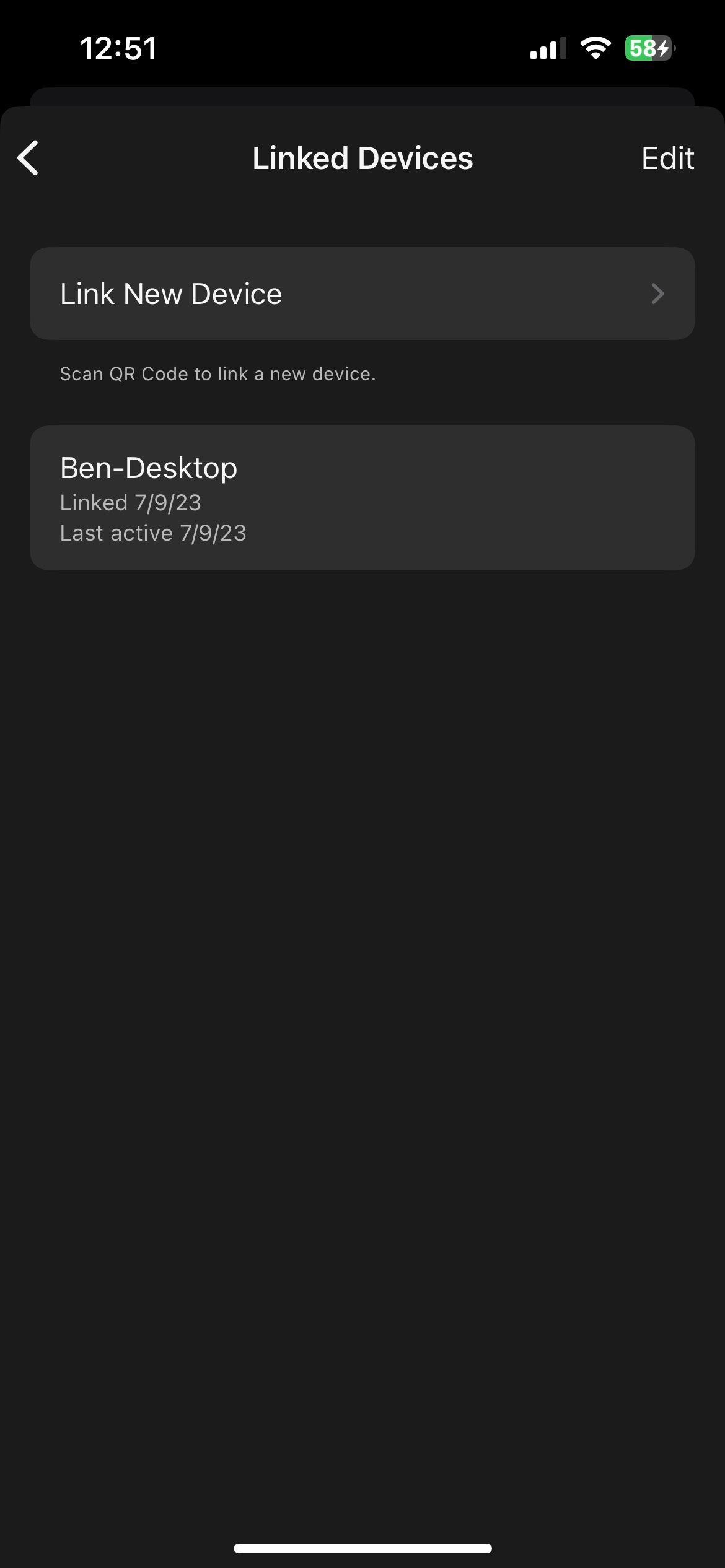
We've only covered the basics here, so be sure to check out a full guide to using Signal to master the service.
Keep Your Communication Private With Signal
There's no reason to use a potentially insecure platform for your private messages. SMS texting doesn't offer any security, while apps like Messenger allow Meta to read what you say. Signal is a great way to avoid these concerns while also enjoying a smooth messaging experience. If you can convince your friends to try it, it's definitely worth making the switch.

